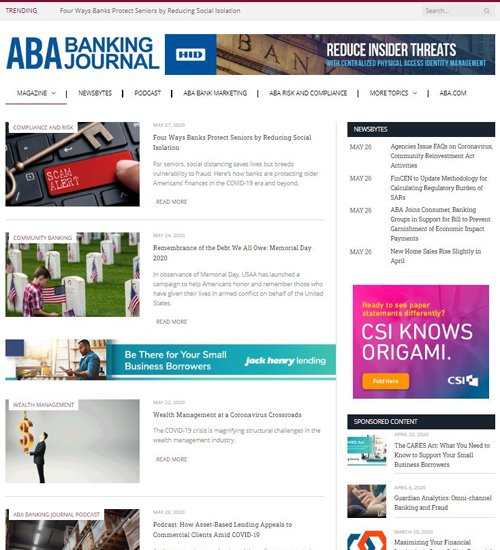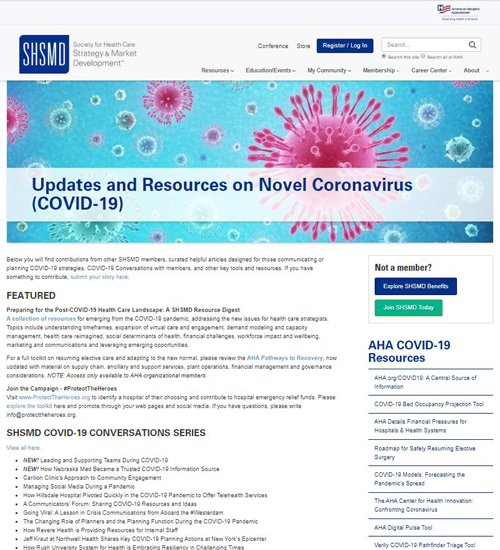A Microsite is Your Association’s One-Stop Content Hub
Your website is one of the most valuable communications tools your association has for reaching members and providing them with need-to-know information. There are times, however, when your association’s content needs to stand alone and serve a specific purpose or audience. Those times call for a microsite.
A microsite is a website that is separate from your association’s homepage that focuses on branded content or a single topic or event. While a microsite can have a distinct URL or be a subdomain of your main website, the overarching goal either way is to centralize relevant content in one place where visitors can find what they’re looking for fast and with ease. Microsites are also a way for your association to be a voice of authority in your industry, target content to specific audiences, and rise above the communications clutter with a clear message.
To start, here are some instances when a microsite can put the proper focus on your content.
Types of Microsites
Publication-branded microsites
Many associations have print and digital publications that are highly regarded and serve as a trusted source for an audience broader than the membership at large. For that reason, a microsite under your publication brand can help expand your readership online and introduce your association to a larger audience. In addition to the content from your publication, your microsite should also include online exclusive content, including commentary and op-ed pieces, industry press releases, member-contributed articles and even sponsored content that is relevant to your audience. A branded publication microsite requires a long-term investment of time and resources, as you’ll want to grow your microsite and reach a larger readership over time. The way to do that is to build loyalty through regular updates and strong content.

Topic-driven microsites
A microsite is also beneficial when you need to increase awareness of a specific topic, whether it’s a current issue strongly affecting your industry or an ongoing campaign or advocacy effort that will move it forward. The COVID-19 pandemic, for example, spurred many associations to create microsites dedicated to coronavirus updates. Content ranged from vital health and wellness information to the latest on business closures and government restrictions, plus guidance on how to adapt to the changing economic climate and how to work remotely – all easily found in one location. A microsite dedicated to a specific topic may only be needed for a set amount of time; you’ll want to have a general start and end date in mind or at least know when updates may decrease in frequency so you can adjust the time commitment of staff.
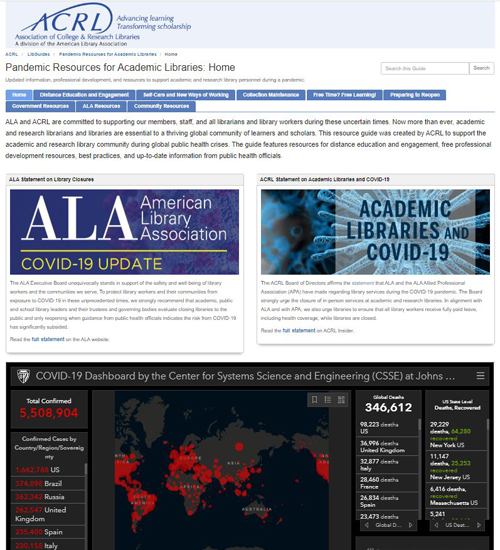
Event-specific microsites
Your annual conference or trade show, whether it’s happening in-person or virtually these days, requires a wealth of logistical information that attendees need at their fingertips. There’s registration, travel and hotel information, education schedules and descriptions, exhibitor and sponsor promotions, among many other details. Your attendees want and need that information in a single, easy to access and navigate location. They also want learn more about the memorable experience they’ll have at your event and get excited about seeing their industry friends and colleagues. A microsite can help you deliver on those expectations. These sites are traditionally overhauled each year in conjunction with the event with major updates happening around key dates, such as when registration opens or keynotes are announced.
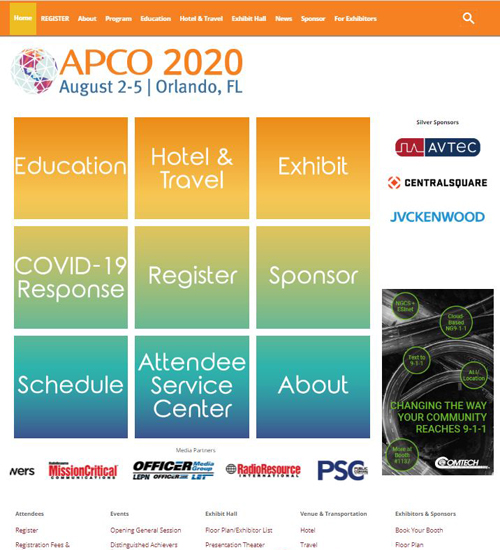
Microsites that connect businesses and people
Associations bring people together to help them collectively accomplish what they can’t alone, and a microsite can be a useful tool for helping facilitate that connection. This could be an online buyers’ guide-style microsite that connects companies looking to provide products or services, a career center that brings together employers and job seekers, or an online discussion forum that allows professionals to share lessons learned. While the ability to build community is central for these types of microsites, the addition of relevant, targeted content can enhance each visitor’s experience. These sites should be updated on a regular basis with fresh content, and they should also be monitored by staff to make sure that any user-generated posts are appropriate and useful.
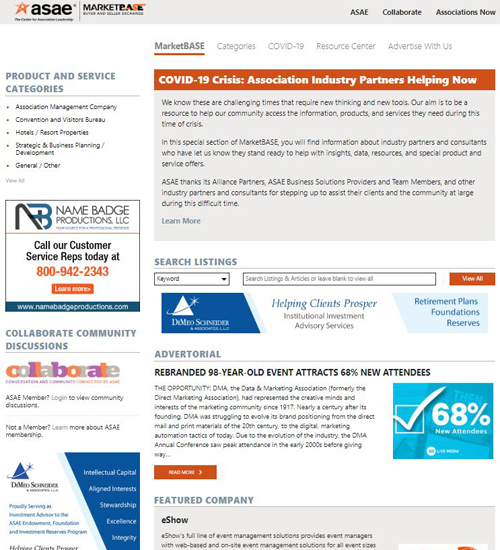
Tips for Building a Successful Microsite
Now that we’ve talked through the types of microsites and the situations that might call for one, let’s dive into how to build a microsite that best presents your content.
Know your target audience
As it is with any form of communication, you have to understand who you’re trying to reach and their wants, needs and preferences. With your association website, odds are you’re communicating primarily with your membership or future prospects, but the goal of your microsite may be to reach a larger audience and share your knowledge as the “voice of the industry.” As you create your content plan, as well as strategize about how to market your microsite through cross-promotion and social media, keep your target audience first and foremost in your mind. If you serve up content that is relevant to their lives and careers – and do so consistently – they’ll keep coming back for more.
Keep your design simple and easy to navigate
The experience of visiting your microsite should be efficient and effective, meaning your visitors should find exactly what they’re looking for quickly and without difficulty. You can ensure that happens by keeping your design simple and straightforward; navigation and menus should be kept to a minimum, while also being visually appealing with compelling imagery and prominent links or a call to action.
Open new streams of non-dues revenue
A microsite gives your association a chance to expand traditional display advertising and even experiment with new offerings, including sponsored content and programmatic advertising. The cornerstone of a successful microsite is strong content, so providing industry suppliers the opportunity to support existing content with their advertising dollars or provide educational, thoughtful content leadership and business insights of their own is a compelling. Programmatic, which helps advertisers target visitors who have come to your microsite with a particular message after they leave your site and navigate the internet, is also growing quickly. The additional non-dues revenue generated from these new streams could be invested into your association to help you meet your strategic goals.
A Don’t Miss Opportunity
Creating microsite, whether it’s to centralize urgent information amid a pandemic, strategically grow your publication or event brand, or connect businesses and people, can elevate your association’s content leadership to new heights and generate untapped non-dues revenue potential. While they do require an investment of resources and proper planning, the benefits you’ll see from reaching your target audience and increasing revenue can be well worth it.

